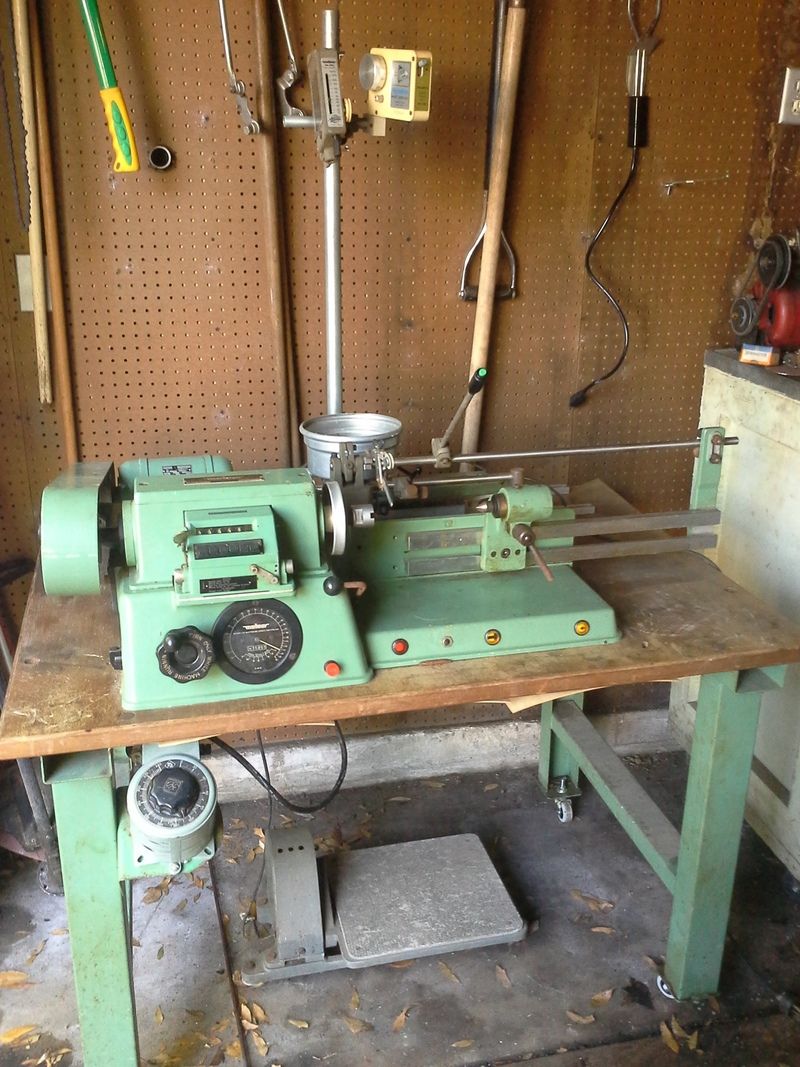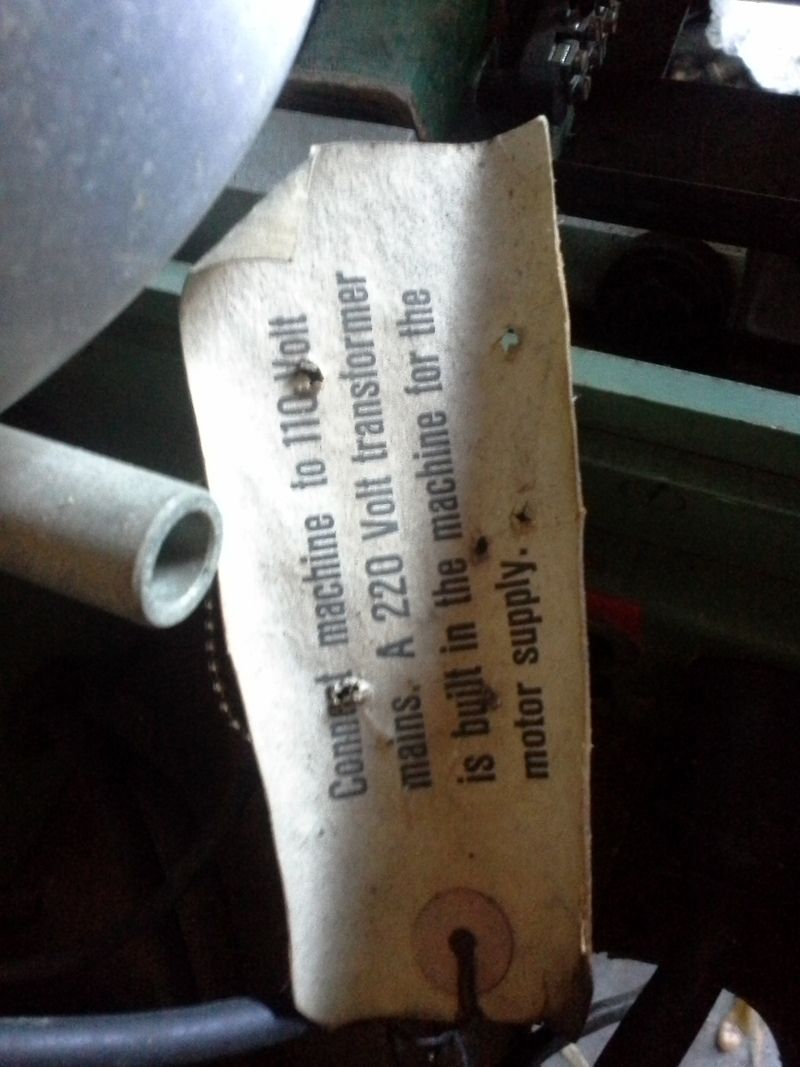Howdy all Tim here. New to the forum. General all around tinkerer and musician.
I am putting this Meteor ME301 together and could likely use some guidance/suggestions. I've managed to heek up the electrical. Using the foot operated treadle, I can change the speed of the motor.
I have figured out the counter more or less. I have not figured out the automatic back and forth action of the feed.

Does anyone here have a manual for the machine? or perhaps experience with them? I'd rather not damage it while experimenting.
Thanks for any help!
Tim
MBL
I am putting this Meteor ME301 together and could likely use some guidance/suggestions. I've managed to heek up the electrical. Using the foot operated treadle, I can change the speed of the motor.
I have figured out the counter more or less. I have not figured out the automatic back and forth action of the feed.

Does anyone here have a manual for the machine? or perhaps experience with them? I'd rather not damage it while experimenting.
Thanks for any help!
Tim
MBL









Comment